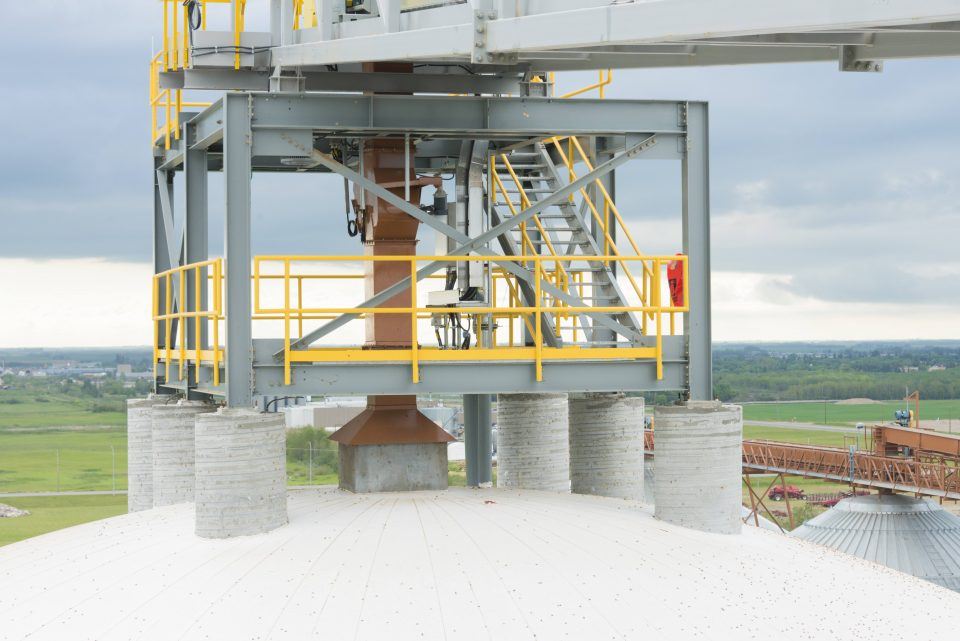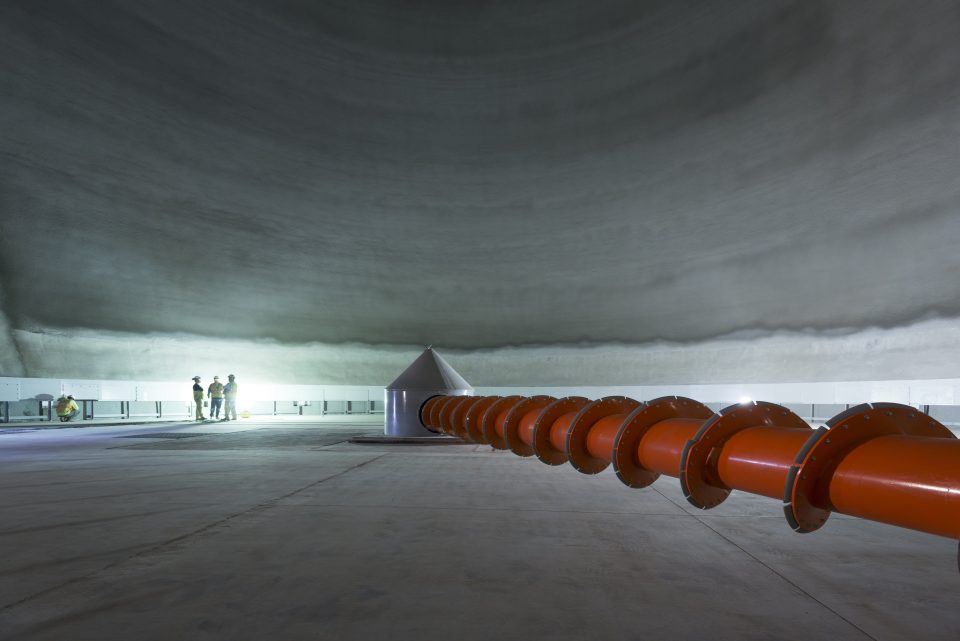When planning a grain-handling project, the process is all about the questions. How can grain breakage be minimized? How can spillage be avoided? How can product be switched without excessive facility cleaning? How can the desired throughput be achieved without costing an arm and a leg?
Asking the right questions is key to securing the ideal handling system. That’s why Dome Technology’s team utilizes scope questionnaires covering everything from mechanical systems and property issues to reclaim. These questionnaires are part of front-end engineering that helps identify the ideal handling system, one that will get more bang for the buck now and in the long run. Use these questions to get the planning process started:

What are our throughput goals?
In discussions with engineers, companies should identify the desired type of throughput, whether the product will be stored long term or processed quickly, what type of transportation will move grain to customers, and more. If a dome is selected, those concerns will be addressed during the preliminary phase to ensure the facility is optimal for the customer.
Different reclaim systems will be discussed early on, and multiple options are available on the market today. The biggest determiner of the handling system and its size is usually desired throughput rate.
The type of equipment selected might largely be determined by cost. Grain is most commonly reclaimed via clean-sweep screw or auger that pulls material into a hopper. But some types of reclaim can’t move 100,000 bushels an hour out of a dome—that’s best achieved by a front-end loader or a Vibrafloor. However, the cost difference between those two options is substantial—the former might cost $150,000 to $250,000 versus $1 million for the latter. Since grain is a tight-margin industry, the more product a company pushes through, the more money they make, and many seek the least expensive system that can move the most volume.
With throughput informing the entire process, engineers can identify the costs of various types of systems, and based on the speed and volume of reclaim, customers can choose the best system to meet their needs.

What foundation system is best?
Traditional bulk storage often requires expensive deep-foundation systems based on the amount of weight the structure will hold. So Dome Technology engineers have developed diverse and economical alternatives to deep foundations, like crafting out-of-the-box systems that don’t utilize pilings.
A dome’s strength provides high tolerance for differential settlement. That quality combined with geotechnical engineering and site analysis ensures substantial foundational strength. The combination of the ring foundation and the concrete shell distributes loading uniformly, even over irregular surface conditions. Customers can save millions as the need for deep foundations is reduced or eliminated.

How do we combat flow issues?
Oily grains are prone to caking or bridging in storage, especially when product is stacked especially deep. When the problem is severe, grains fail to free-flow.
Breaking down a compacted pile within a dome is possible, and companies can choose from multiple methods to tackle the problem. A front-end loader can knock down product, but this approach is sometimes avoided because of safety concerns. Safer alternatives include a whip-chain system to break product, air cannons that blast grains loose or a screw reclaimer capable of working under pile load.
What are we forgetting?
An expert team that understands product qualities and reclaim options will guide customers in analyzing all aspects of the reclaim process. Dome Technology relies on two types of scope questionnaires, one for a fixed budget and another for a quick budget. So whether a project is imminent or simply hypothetical, companies can get a good idea of what’s available and how to reach their storage and handling goals.
Another advantage of front-end engineering is potential cost savings at every stage of the project. For instance, companies often ask what kind of civil work Dome Technology can complete. Depending on what’s most cost effective, Dome Technology’s team can either perform the excavation and backfilling on a project or hire a local contractor that costs less.
Editor’s note: This article was published in the fall 2016 issue of Dry Cargo International.